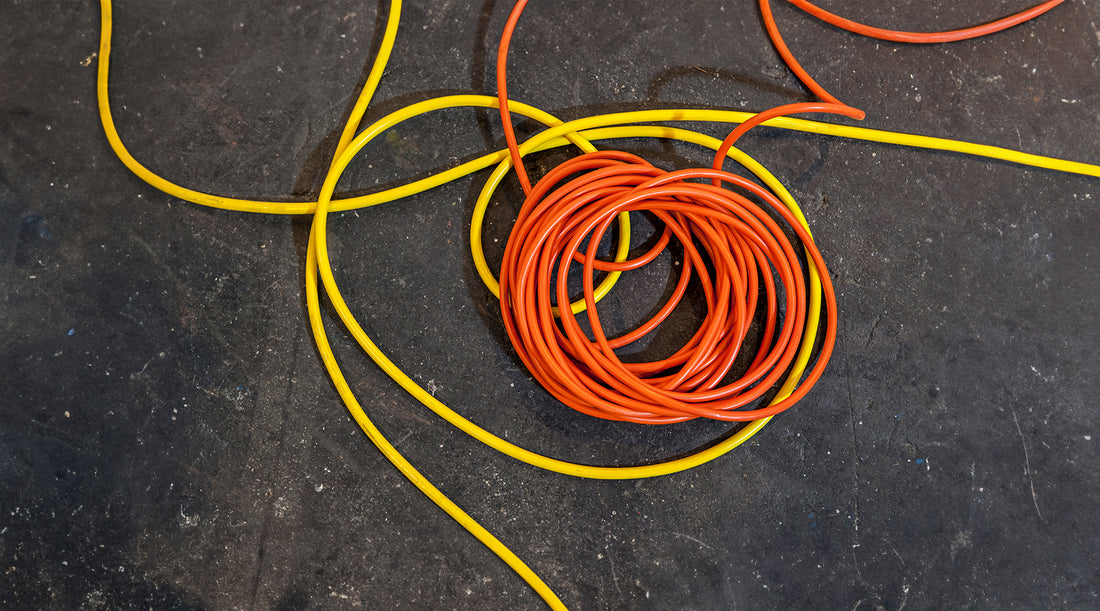 Man, I’ll tell you what…I was really blown away by these extension cord uses for survival/emergency situations.
Man, I’ll tell you what…I was really blown away by these extension cord uses for survival/emergency situations.
I mean, don’t get me wrong – I love learning new things. But, having been in the prepping game a while I thought I knew most of what there was to know about using these extra long survival tools.
However, these ideas have sparked my imagination, and so I’ve not only added a few of these to my bug out bag, but I’ve also made it my mission to inform other preppers about this incredibly useful survival equipment.
I hope you become as passionate about these cords as I am once you discover these…
16 Extension Cord Survival Uses
1 – Double Up
Take a THIN extension cord and cut it in half; you’ll now see two fibers running through the inside of the cord. By pulling these two strands away from each other, you’ll not only have double the cordage you did before, but you’ll be doing so while still insulating those fibers in the cord.
Note: Make sure to use the cheaper, thinner extension cords for this, rather than the bigger and bulkier ones.
2 – Down To The Wire
Once you’ve split the THIN extension cord into two individual cords (as described in #1), you can then take your knife and chip away at the outside insulating cord until you’ve exposed the fibers.
By twisting these wire fires together like a rope, you can create a thin but very strong cord that will help you fix a ton of different survival gear (a couple examples of these items are shown later on).
However, if you’re able to remove and separate the individual wire fibers, these will give you WAY more cords to work with in an emergency. These tiny fibers are great when you need a super thin but durable strand to fix more delicate survival tools, such as those listed in #3.
Note: Again, make sure you’re using the cheaper, thinner extension cords for this; not the big heavy ones.
3 – Fix Your Glasses
By getting down to the individual wire fibers in your thin extension cord (as described in #2), you can use these to secure the nose piece or the stems of your glasses when they break off. This could really help you out if you’re visually impaired and need to see where you’re going.
4 – Siphon Liquids
Using the big, heavier extension cords (such as the one in the picture at the top of this blog) can also be beneficial for survival. For example, if you cut this cord in half, you’ll probably see three copper cords tucked inside of the outer tubing.
If you’re able to remove these inner cords (and save them for other uses), you can use the exterior cord to siphon liquids, such as gasoline from a car’s tank.
5 – Make A Handle For A Bucket
Large buckets can be great for storing supplies, but if they don’t have a handle attached they can be a real pain to carry.
Fix the problem by making your own handle out of extension cord. Simply empty the bucket and drill a hole through either side, near the top (make sure these holes are large enough for the cord to fit through).
Next, push each end of the extension cord through a hole, and tie off the ends on the inside of the bucket. In just a couple minutes you’ll have a strong, durable handle to help you carry supplies.
6 – Strengthen Your Grip
If you need to strengthen your grip on a hard-to-carry item, try wrapping it up with extension cord. The cord will give your hand a non-slip surface to hold onto, and you’ll be able to carry the item for longer distances.
7 – Attach Extra Supplies To Your Bug Out Bag
Let’s imagine you’ve stocked your bug out bag to the brim, and yet there’s a few extra items you need to bring with you. With the help of extension cord, you can simply wrap it around the item, and attach it securely to your bag.
8 – Repair A Broken Strap
Now that you’ve successfully loaded up your bug out bag, let’s say that you accidentally overloaded it, and now your bag’s strap has broken in two.
Well, this is where those fibers from #2 come in. By twisting the fibers from a thin extension cord together to form a rope, this will give you a thin but strong piece of material to tie the two pieces of strap back together.
This is especially handy, since these fibers are much thinner and are more flexible than a bulky cord.
9 – Save Your Food
One of the most important pieces of advice I ever received was, “Hang up your food bag to help prevent animals from getting into it.”
Thankfully, you can do this with the help of extension cords. Tie the backpack to a tree branch with the cord and you’ll be able to get your food off the ground.
10 – Set A Snare
If you’re in the wilderness and need to catch dinner in a survival situation, you can use extension cord to help you make an effective snare.
Keep in mind that, depending on which snare/trap you make, you could use the outer cord, the fibers/cords within the outer shell, or all of the above to help you set the perfect trap.
We describe a few different snare types you can make in our blog right here.
11 – Secure A Tarp
If you’re using a tarp to help make a shelter, you’re going to need to secure it to some surrounding trees.
Take your extension cord and cut it into pieces; then, slip a piece of the cord through each eyelet and tie to a surrounding tree branch in order to help you build an effective shelter.
12 – Lower Survival Supplies
If one of the preppers in your camping/bug out group falls into a ravine or pit, you may find yourself needing to lower supplies to them to help them get out (or to help them stay fed/hydrated while you call for help). You can accomplish this with the help of an extension cord.
Use an extra long, big, bulky extension cord (so not one of those thin, cheap ones) to tie around the handle of a heavy duty bucket or basket. Then fill the container with survival tools/supplies, and gently lower it down.
13 – Help Save Your Partner
If that partner is still stuck in the pit/ravine (as discussed in #12), or gets trapped by a current while swimming, these long, bulky extension cords can help you get them out and save their life.
Use an extension cord (or even multiple, depending on the situation), and throw it out to them. This way, they can either hold onto the cord or tie it around their waist so you can get them out of danger.
14 – Start A Fire
By removing the inner fibers/cables from an extension cord, you can use the rubber outer tubing to help you start a fire in an emergency situation.
15 – Make An Antenna
One great way to use your extension cord in a survival situation is to make an antenna for your two-way radios. This will help you communicate with your bug out group, even from long distances.
You can also use the wiring in an extension cord to help you make a shortwave radio antenna. This video shows you a way to make this happen:
16 – Barter With Them
As you’ve seen, extension cords have a TON of survival uses in an SHTF situation (this blog doesn’t even cover all of them, if you can believe it).
As such, it’s likely that when those emergency situations occur, extension cords are going to be one of the things most preppers want to get their hands on to survive.
You can therefore find yourself in a unique position of power if you came prepared with a large variety of these cords. Thats because you can barter and trade these for the survival supplies you need most.
Like I said, there are WAY more survival uses for extension cords than just the ones listed in this blog. Here are three more that could seriously help you out in a crisis:
Isn’t that amazing? I had no idea extension cords had so many uses in a survival situation!
However, this blog also got me thinking…and it turns out that most of the uses described above could also be easily done with paracord.
Now that I think about it, paracord may even be a much better survival tool to use in these instances; after all, it’s way lighter and way less bulky than extension cords (making them much easier to store in your bug out bag).
Plus,paracord still has the internal fibers necessary for doing the small, delicate work like repairing smaller items (such as the stems on a pair of eyeglasses).
In fact, not only is paracord durable, but if you use 550 paracord (which is the kind used in all our paracord survival tools), it will hold 550 pounds of weight without breaking, guaranteed. This makes it the perfect tool for saving your friend’s life when they’re in that ravine or being dragged out to sea.
Unfortunately, most extension cords can’t make that same guarantee.
Paracord is also much more flexible than extension cord, which is why you see lots of preppers wearing paracord bracelets, rather than extension cord bracelets.
Now that I think about it, not only can paracord deliver on most of the survival uses listed in this blog, but it can also be used for over 100 more survival uses in order to make your life easier. We talk about these uses in our blogs here and here.
I guess what I’m trying to say here is it’s been made clear to me that paracord is the clear winner in a survival situation.
And it’s for these reasons that we here at Survival Frog only use 550 paracord in our survival tools.
However, what’s extra cool about our paracord survival tools is that many of them have the functionality of 550 paracord, PLUS additional uses that could seriously help you out in an emergency. And when SHTF we’re all gonna need as much help as we can get to survive.
We’re so in love with this 550 paracord that we’ve even bundled some of our paracord survival tools with other survival products in our store. I feel like we’re practically giving them away as an excuse to help more preppers get their hands on this life-saving paracord!
Click on the images below to snag some of our compact, lightweight, and super effective 550 paracord survival tools today. By being able to use them over 100 different ways in a survival situation, you can bet you’ll be better off with them than without it once SHTF!
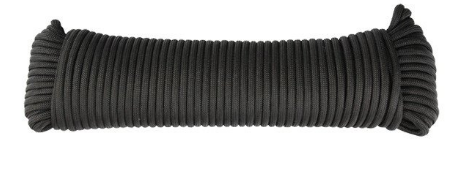 |
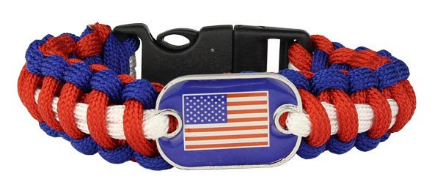 |
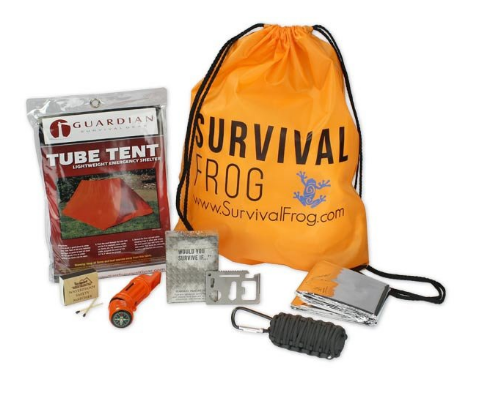 |
|
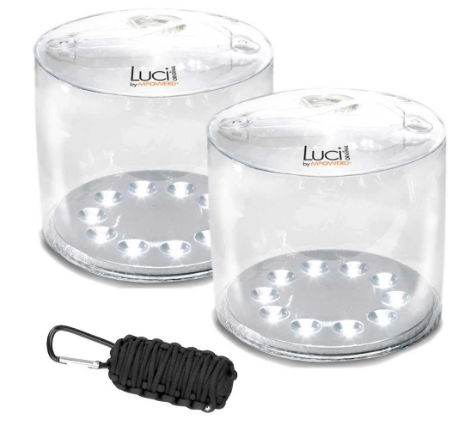 |
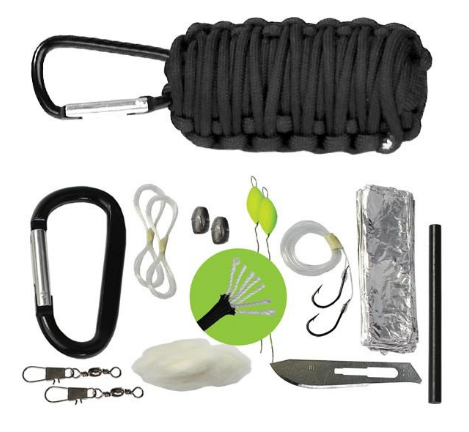 |
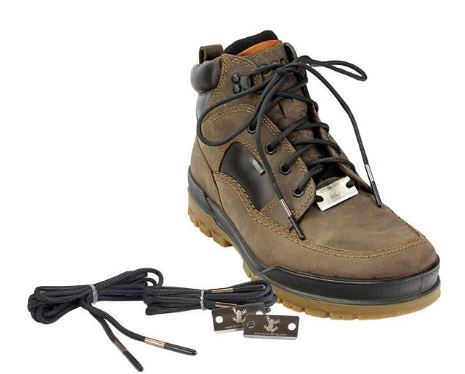 |
|
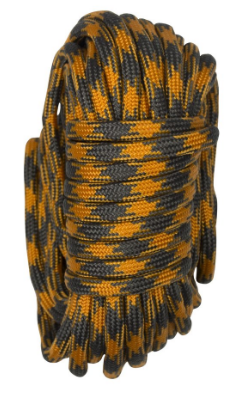 |
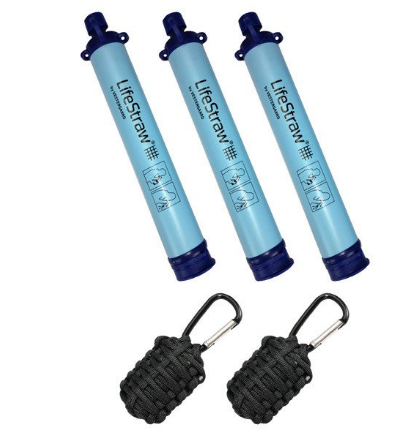 |
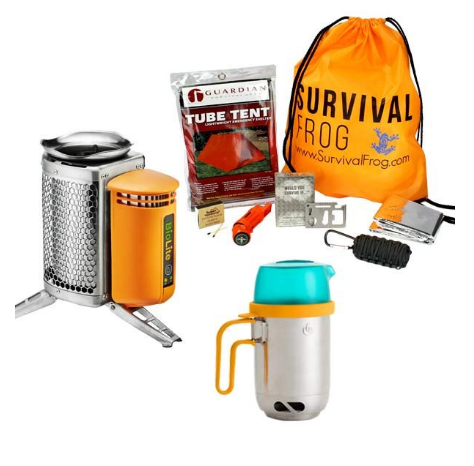 |
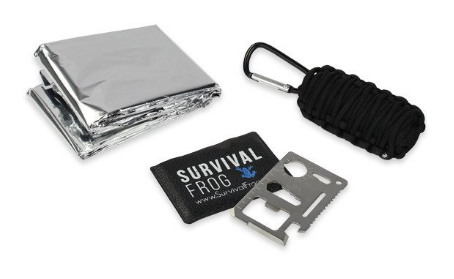 |

